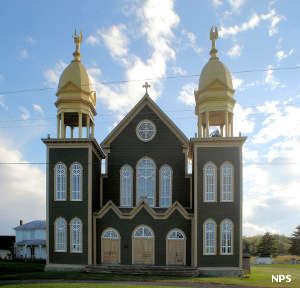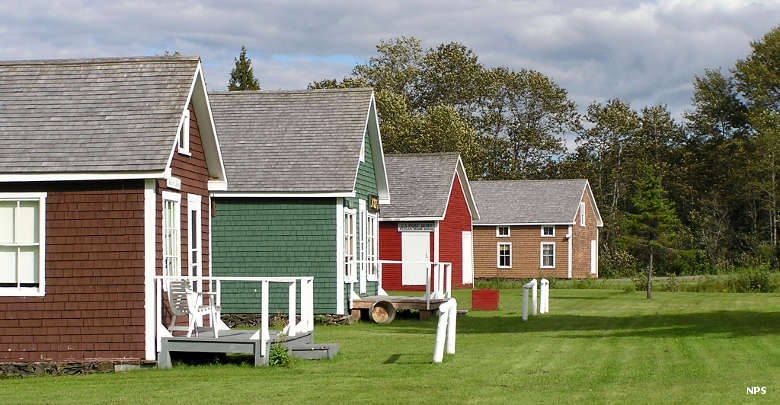Maine Acadian Culture

St. Johns River, a central piece of Maine Acadian Culture

Maine Acadian Culture is the name for a branch of the National Park Service that operates in support of local historical societies, culture clubs, towns and museums that participate in the Maine Acadian Heritage Council. The common Acadian history of the area spreads across both sides of the St. Johns Valley, into Maine and New Brunswick and Nova Scotia but the mandate of the National Park Service stops at the international border. Management is overseen by staff at Acadia National Park with the primary effort being to highlight the area's unique culture, ethnicity and traditions. The National Park Service owns no lands and operates no visitor centers in the area.
The French explored and settled along the lower St. Johns River in the early 1600's. However, during a series of small wars that culminated in the French & Indian War the British burned many Acadian villages in the area and deported all the Acadians they could capture to Louisiana. Most of those Acadians who escaped deportation eventually moved north to Quebec. The British allowed the Acadians to begin returning in 1785 and many settled in the upper St. Johns Valley on both sides of the river. In the mid-1800's there was an influx of Quebecois coming south from the St. Lawrence River Valley along old portage routes. Today, a large percentage of the population of the St. Johns Valley speaks both French and English, plus a local dialect that is a mix of both.

A view at Maine Acadian Village in Van Buren, Maine

Map of the St. John River area
Photos courtesy of the National Park Service
Map courtesy of Wikipedia userid Papayoung, CCA-by-SA 3.0 License